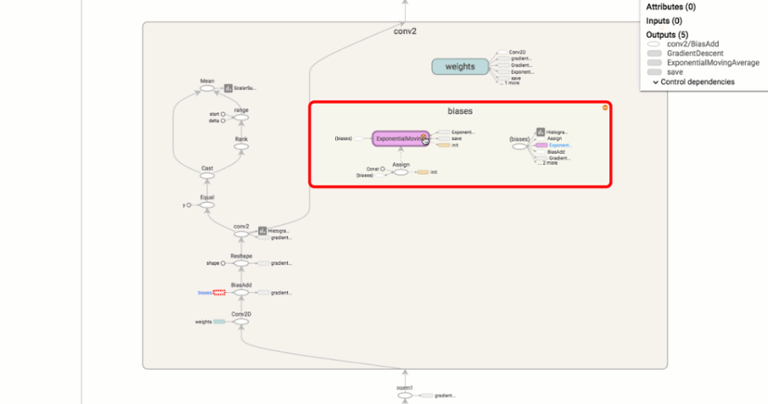Google Open-Sources Its Machine Learning
Ever wanted to play around with—or even implement—a complex machine-learning system, but never had the resources or time? Google has now made its second-generation machine-learning system open-source, giving you the chance to actually put something into production. The system, known as TensorFlow, is an evolution of Google’s first-generation machine-learning system, known as DistBelief. Begun in 2011, DistBelief allowed Google’s employees to build sophisticated neural networks, which in turn helped the company refine features such as speech recognition and image search. Google claims that TensorFlow is easier to use than DistBelief—more “general, flexible, portable,” in the words of its corporate blog posting on the matter—with a Python-based interface. “You can move your idea seamlessly from training on your desktop GPU to running on your mobile phone,” the posting continued. “And you can get started quickly with powerful machine learning tech by using our state-of-the-art example model architectures.” Because the flexibility allows users to deploy computation to multiple CPUs and/or GPUs in a server, PC, or even smartphone via a single API, a developer with an interesting idea can try something out on a regular tablet or laptop. Google uses TensorFlow to research and implement its own projects, so the software has been battle-tested; in addition, the TensorFlow Website offers up a ton of documentation. If you’re interested in machine learning (whatever your company’s size), it’s worth a look.



